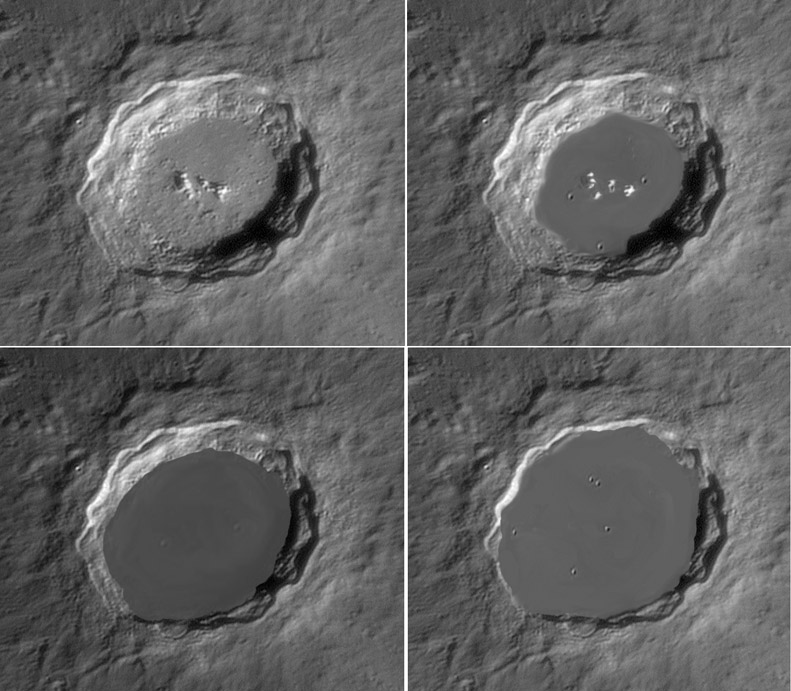Difference between revisions of "November 12, 2008"
(Created page with "__NOTOC__ =Platoization= <!-- ws:start:WikiTextHeadingRule:1:<h1> --> <!-- ws:start:WikiTextLocalImageRule:7:<img src="/file/view/LPOD-Nov12-08.jpg/46043889/LPOD...") |
|||
| (3 intermediate revisions by the same user not shown) | |||
| Line 1: | Line 1: | ||
__NOTOC__ | __NOTOC__ | ||
=Platoization= | =Platoization= | ||
| + | <!-- Start of content --> | ||
<!-- ws:start:WikiTextHeadingRule:1:<h1> --> | <!-- ws:start:WikiTextHeadingRule:1:<h1> --> | ||
<!-- ws:start:WikiTextLocalImageRule:7:<img src="/file/view/LPOD-Nov12-08.jpg/46043889/LPOD-Nov12-08.jpg" alt="" title="" /> -->[[File:LPOD-Nov12-08.jpg|LPOD-Nov12-08.jpg]]<!-- ws:end:WikiTextLocalImageRule:7 --><br /> | <!-- ws:start:WikiTextLocalImageRule:7:<img src="/file/view/LPOD-Nov12-08.jpg/46043889/LPOD-Nov12-08.jpg" alt="" title="" /> -->[[File:LPOD-Nov12-08.jpg|LPOD-Nov12-08.jpg]]<!-- ws:end:WikiTextLocalImageRule:7 --><br /> | ||
<em>original image by [mailto:oliver@astro-imaging.de Oliver Pettenpaul] with modifications by [mailto:jocareed@grandecom.net Joe Reed]</em><br /> | <em>original image by [mailto:oliver@astro-imaging.de Oliver Pettenpaul] with modifications by [mailto:jocareed@grandecom.net Joe Reed]</em><br /> | ||
<br /> | <br /> | ||
| − | Two days ago [ | + | Two days ago [[November_10,_2008|LPOD]] featured images of Copernicus and Plato and speculated that they could be before and after images of the same crater. Now Joe presents some time lapse imaging of the lava-filling process that could transform a Copernicus-like crater into one remarkably like Plato. Although some crater floor modification via Photoshop has been done [[July_25,_2008|before]], Joe's sequence is much more masterful - we can almost see geology in action. The upper left image is of Copernicus as it looks today. The upper right view captures the burial of floor roughness by mare lava that leaked up fractures beneath the crater. By the 3rd time step (lower left) the lava has recently risen higher, just burying the central peaks and covering the lower half of the wall terraces. The flows are so fresh that few impact craters have had a chance to pit them. At the end of the eruption (bottom right), lava flows have shallowed the crater to a depth of about a kilometer, and a few small craters - looking suspiciously like those in [[November_10,_2008|Plato]] - have punctured the once pristine surface. If the intermediate craters look familiar it is because there are many craters preserved in intermediate stages of lava fill. Compare the upper right image to [https://the-moon.us/wiki/Campanus Campanus] and [https://the-moon.us/wiki/Santbech Santbech], and the lower left one is a fresher version of [https://the-moon.us/wiki/Magelhaens Magelhaens] or [https://the-moon.us/wiki/Mercator Mercator].<br /> |
<br /> | <br /> | ||
<em>[mailto:tychocrater@yahoo.com Chuck Wood]</em><br /> | <em>[mailto:tychocrater@yahoo.com Chuck Wood]</em><br /> | ||
<br /> | <br /> | ||
<strong>Related Links</strong><br /> | <strong>Related Links</strong><br /> | ||
| − | Rükl plate [https://the-moon. | + | Rükl plate [https://the-moon.us/wiki/Rükl_31 31]<br /> |
Joe's [http://home.grandecom.net/~jocareed/ website]<br /> | Joe's [http://home.grandecom.net/~jocareed/ website]<br /> | ||
<br /> | <br /> | ||
| + | <p><b>Yesterday's LPOD:</b> [[November 11, 2008|Moon 101]] </p> | ||
| + | <p><b>Tomorrow's LPOD:</b> [[November 13, 2008|Snapshot Map]] </p> | ||
<hr /> | <hr /> | ||
| − | |||
{{wiki/ArticleFooter}} | {{wiki/ArticleFooter}} | ||
Latest revision as of 20:55, 18 August 2018
Platoization

original image by Oliver Pettenpaul with modifications by Joe Reed
Two days ago LPOD featured images of Copernicus and Plato and speculated that they could be before and after images of the same crater. Now Joe presents some time lapse imaging of the lava-filling process that could transform a Copernicus-like crater into one remarkably like Plato. Although some crater floor modification via Photoshop has been done before, Joe's sequence is much more masterful - we can almost see geology in action. The upper left image is of Copernicus as it looks today. The upper right view captures the burial of floor roughness by mare lava that leaked up fractures beneath the crater. By the 3rd time step (lower left) the lava has recently risen higher, just burying the central peaks and covering the lower half of the wall terraces. The flows are so fresh that few impact craters have had a chance to pit them. At the end of the eruption (bottom right), lava flows have shallowed the crater to a depth of about a kilometer, and a few small craters - looking suspiciously like those in Plato - have punctured the once pristine surface. If the intermediate craters look familiar it is because there are many craters preserved in intermediate stages of lava fill. Compare the upper right image to Campanus and Santbech, and the lower left one is a fresher version of Magelhaens or Mercator.
Chuck Wood
Related Links
Rükl plate 31
Joe's website
Yesterday's LPOD: Moon 101
Tomorrow's LPOD: Snapshot Map
COMMENTS?
Register, Log in, and join in the comments.



